Many people love grass lawns. They look nice and feel soft. But grass requires a lot of care. It needs water, sunlight, and cutting. Some people want a lawn that is easier to manage. Others want a lawn that uses less water. This article explores different types of plants for lawns. These plants are good alternatives to grass.
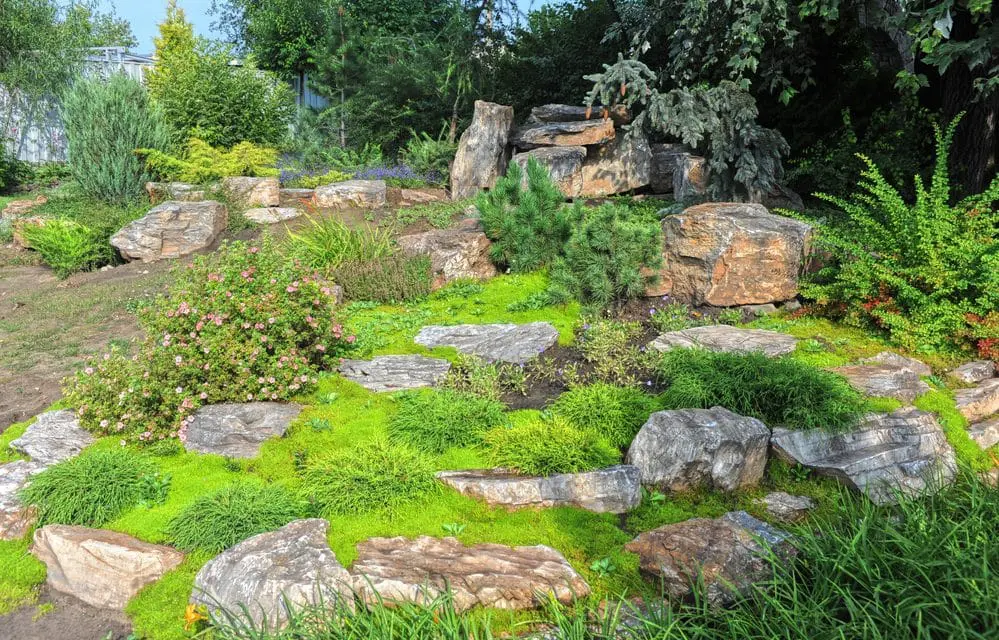
Credit: elemental.green
Why Choose Alternatives to Grass?
There are many reasons to look for alternatives to grass:
- Grass needs regular watering.
- It requires frequent mowing.
- Some people are allergic to grass.
- Grass can attract pests.
- It may not grow well in all climates.
Choosing different plants can help solve these problems. Let’s look at some good options.
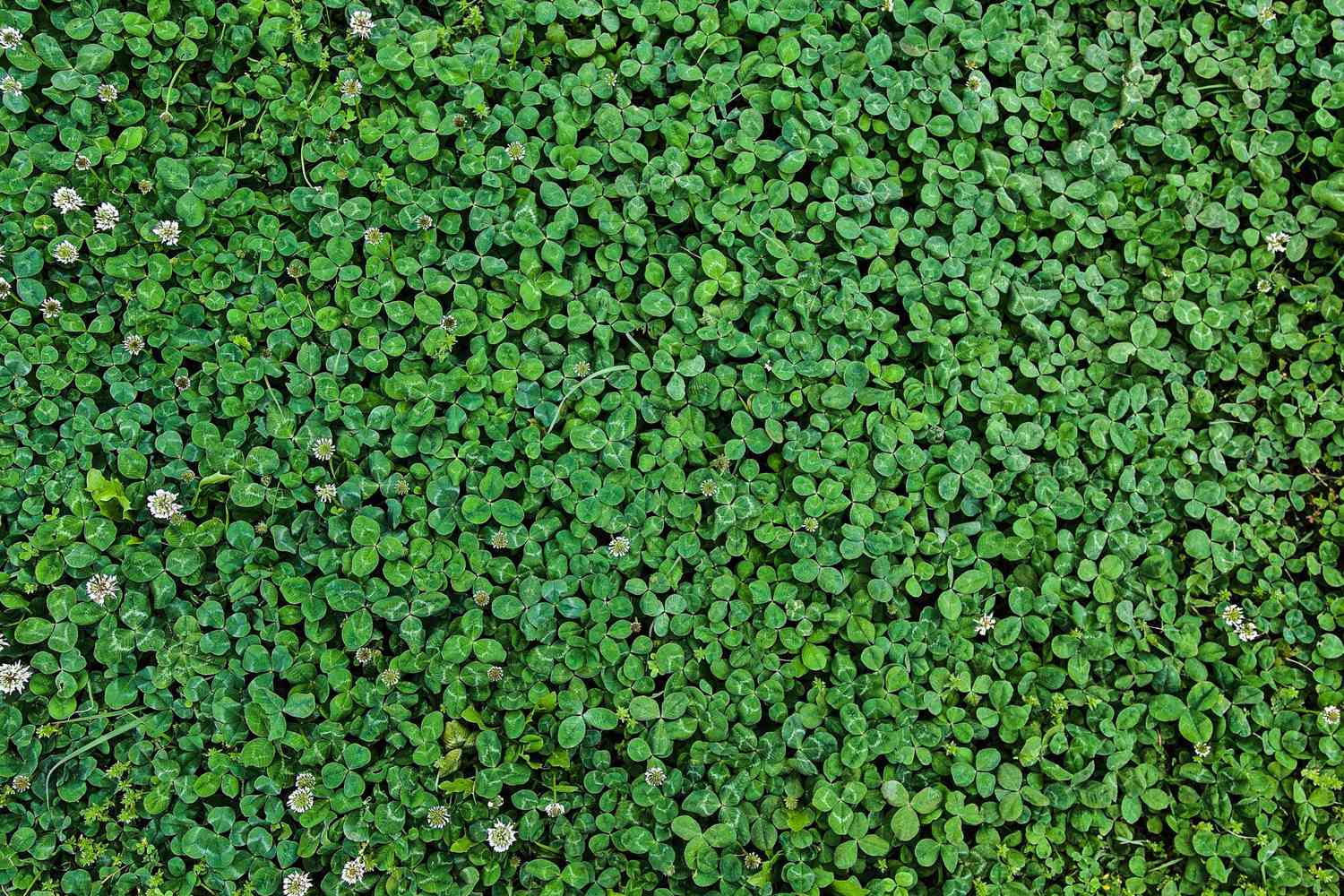
Credit: www.marthastewart.com
1. Clover
Clover is a popular choice. It is soft and green. Clover needs less water than grass. It grows well in many places. It also helps to keep weeds away. Clover is good for the soil. It adds nutrients back into the earth. This is great for other plants.
Types Of Clover
There are different types of clover:
- White Clover: This is very common. It grows low and spreads fast.
- Red Clover: This is taller and has beautiful flowers.
- Microclover: This is a smaller version. It stays short and dense.
2. Ground Covers
Ground covers are low plants. They spread across the ground. They help to stop weeds. They also look nice. Here are some popular ground covers:
Popular Ground Covers
- Thyme: This plant has small leaves. It smells good when stepped on.
- Ajuga: This plant has purple flowers. It grows well in shade.
- Stonecrop: This is a succulent. It needs very little water.
- Vinca: This has pretty flowers. It grows fast in many places.
3. Native Grasses
Native grasses are good choices. They grow in your area naturally. They need less care than regular grass. Native grasses can survive dry weather. They also attract local wildlife. Here are some examples:
Examples Of Native Grasses
- Buffalo Grass: This is a short grass. It grows well in sunny areas.
- Blue Grama: This grass has a nice look. It thrives in dry places.
- Little Bluestem: This grass turns beautiful colors in fall.
4. Ornamental Grasses
Ornamental grasses can be beautiful. They add style to your yard. They come in many heights and colors. They also need less water than grass. Here are some examples:
Types Of Ornamental Grasses
- Pampas Grass: This tall grass has feathery tops.
- Miscanthus: This grass grows tall. It has plumes that sway in the wind.
- Fountain Grass: This grass is fluffy. It adds a soft look to gardens.
5. Herbs
Using herbs for lawns is fun. They smell great and are useful. Many herbs grow low. They can spread over the ground. Here are some good options:
Common Herbs For Lawns
- Chamomile: This herb has small flowers. It grows well in sun.
- Mint: This herb smells good. It spreads quickly.
- Oregano: This herb is tasty. It can cover the ground.
6. Flowers
Flowers can make a lawn pretty. They attract bees and butterflies. They can grow low to the ground. Here are some flowers that work well:
Flower Options
- Butterfly Weed: This flower is bright orange. It attracts butterflies.
- Daylilies: These flowers bloom in many colors. They are easy to care for.
- Wildflowers: These grow naturally. They can fill your lawn with color.
7. Moss
Moss is a unique choice. It grows in shady areas. It needs very little water. Moss feels soft and looks green. It can cover bare spots easily.
Types Of Moss
There are different types of moss:
- Sheet Moss: This is flat and soft. It covers ground well.
- Reindeer Moss: This moss is light and fluffy. It looks different.
8. Artificial Turf
Artificial turf is a man-made option. It looks like grass. It does not need water or mowing. This can save time and money. However, it can get hot in the sun. It can also be slippery.
Benefits of Using Alternatives
Choosing alternatives to grass has many benefits:
- Less water is needed.
- Less mowing saves time.
- Many alternatives attract wildlife.
- Some options can be used for cooking.
- They can add beauty to your yard.
How to Choose the Right Option
When picking an alternative, consider these factors:
- Climate: Choose plants that grow well in your area.
- Sunlight: Some plants need full sun, others prefer shade.
- Water: Consider how much water each plant needs.
- Maintenance: Some plants need more care than others.
Conclusion
There are many good alternatives to grass for lawns. Each option has its own benefits. You can choose plants that fit your needs. Whether you want flowers, herbs, or clover, there is something for everyone. Explore these options and create a lawn you love.

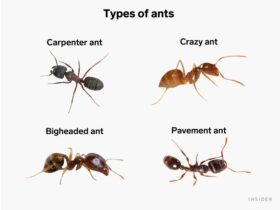
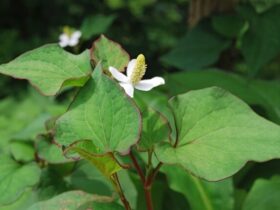
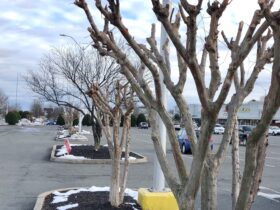
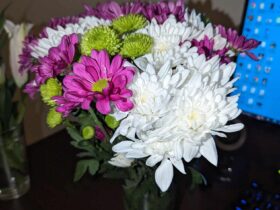

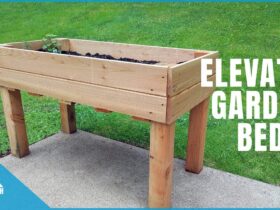
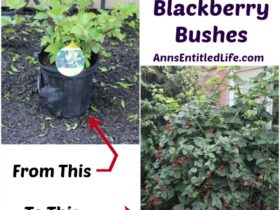
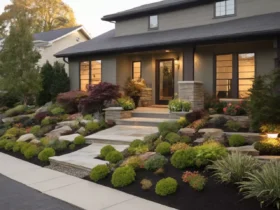
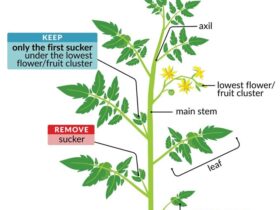
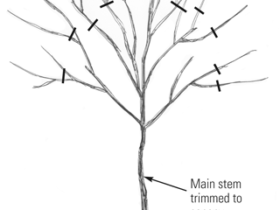
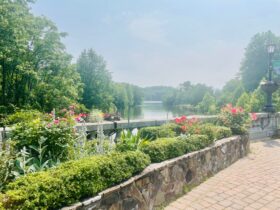
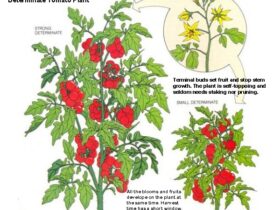
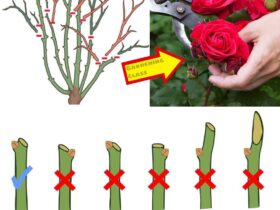
Leave a Review